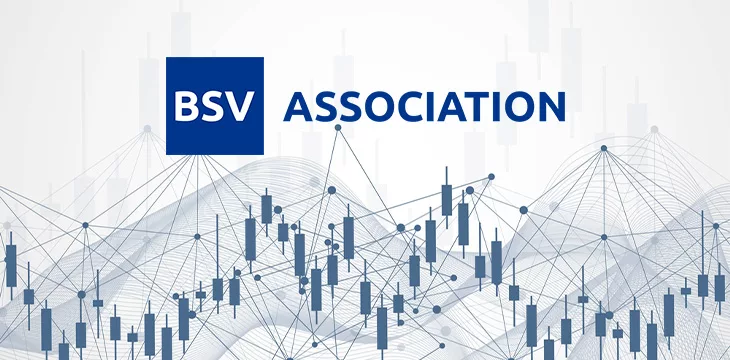
|
Getting your Trinity Audio player ready... |
Any “congestion” reported on the BSV blockchain network recently was due to heavy loads on ancillary services, according to the BSV Blockchain Association. The Swiss not-for-profit organization, which oversees Bitcoin Protocol development, noted that tests of the Bitails indexing service and the gradual replacement of mAPI with ARC may have caused some other services to slow down—however, core BSV mining operations remained unaffected.
As a blockchain network with unbounded scaling potential, BSV blockchain should never suffer congestion at all—at least, not the kind of congestion experienced routinely on networks like BTC. However, the BSV Blockchain Association noted there are still some “bottlenecks” in secondary services that handle additional processes on the network, which still require further development to handle the network’s demands.
Glancing over at the famous “BSV Pacman” at BitInfoCharts (the one showing BSV’s share of transaction volumes compared to other networks), the extra load is noticeable. The BSV blockchain processed around 90 million transactions in the past 24 hours (at the time of writing), or a 96.8% share of all transactions on BSV, BTC, Ethereum, XRP, BCH, and others.

The BSV Blockchain Association said Bitails had been “sending millions of transactions to the mainnet” as part of an ongoing stress test. This extra load had affected the existing mAPI service, as well as the ElectrumX server. Blockchain explorer WhatsOnChain (WoC) had also slowed since it relied on ElectrumX endpoints.
“The BSV Association would like to extend its thanks to all those members of the community who have flagged these issues with us. We are in a transition phase and the evolving BSV blockchain network – and its ancillary services – are still bound by known scaling limitations.”
WoC is working to make new endpoints available for third-party BSV applications to replace the ElectrumX ones, and the Association recommended developers interact with WoC if they notice any issues. WoC has a Telegram group where developers have been logging any delays, and the explorer’s status page on its website has a list of the alternative endpoint addresses. It currently lists all systems as 100% operational.
Due to the current network load, our electrumX services are not fully stable.
Use the below alternative endpoints in the meantime:
More details in our Telegram channel: https://t.co/UE8CABmLp3 pic.twitter.com/DCGbB3ebGw
— WhatsOnChain (@WhatsOnChain) October 22, 2023
Applications usually query blockchain explorer services to check the validity of past transactions. These include BSV blockchain-dedicated explorers like WoC and other multi-blockchain examples such as Coinomi and Blockchair. Bitails is a more recent network indexer and UTXO manager built to handle BSV’s massive transaction load and says its current infrastructure supports up to 5,000 sustained transactions per second (TPS) in real time. It hopes to increase that to 10,000 “soon,” and its ongoing network stress tests are partly the reason for BSV blockchain’s larger-than-usual transaction volumes.
We've been stress-testing the #BSV network, and things are looking great!
— Bitails (@BitailsAPI) October 23, 2023
ARC, as detailed in this article by Kurt Wuckert Jr., is a “bridge to the Bitcoin network” designed to streamline transactions for large-volume users by propagating unconfirmed transactions to miners and flagging anything that may be causing certain transactions to slow things down. ARC will eventually replace the older mAPI, originally touted as a streamlining solution, but drew complaints over its API sets that allowed projects to send all their transactions to specific nodes, creating a “single point of failure.” ARC connects to several nodes at the same time, and also checks transaction status, and sends notifications when transactions have been accepted and later processed.
Even in its current form, the BSV blockchain is processing more transactions per second and per day than any other blockchain network could dream of. But there’s still work to be done, including the development of indexing and notification services that can also handle the data demands of unbounded scaling. A complete re-architecture of the Bitcoin protocol called “Teranode” is also due for release within the next year. Though Teranode’s code is new, the BSV Blockchain Association’s oversight ensures all transactions must still follow the Bitcoin Protocol’s original rules, as set out by Satoshi Nakamoto in 2008-09.
Watch: How Teranode Enables Unbounded Scaling | Jake Jones
Recommended for you
Lorem ipsum odor amet, consectetuer adipiscing elit. Elit torquent maximus natoque viverra cursus maximus felis. Auctor commodo aliquet himenaeos fermentum
Lorem ipsum odor amet, consectetuer adipiscing elit. Accumsan mi at at semper libero pretium justo. Dictum parturient conubia turpis interdum

 11-22-2024
11-22-2024


